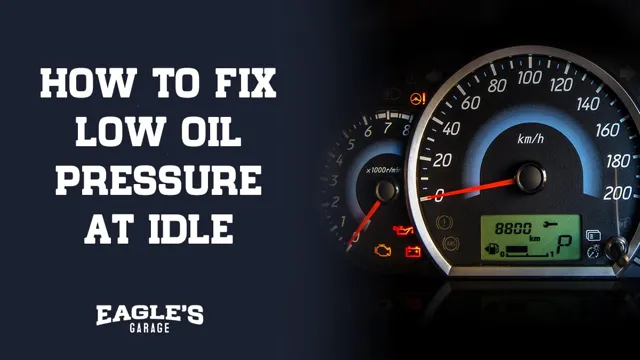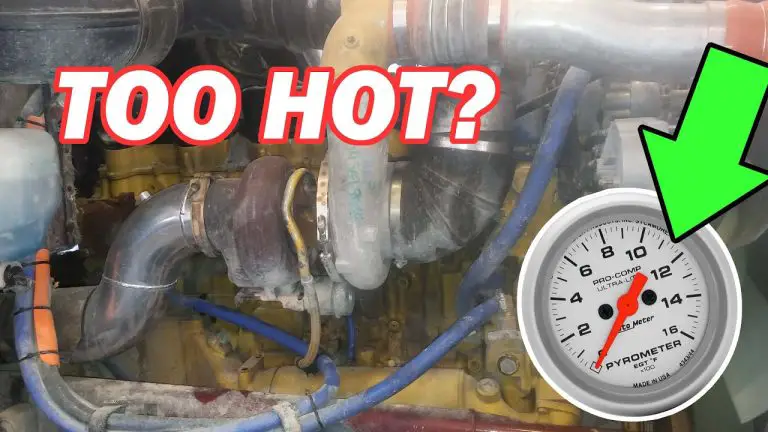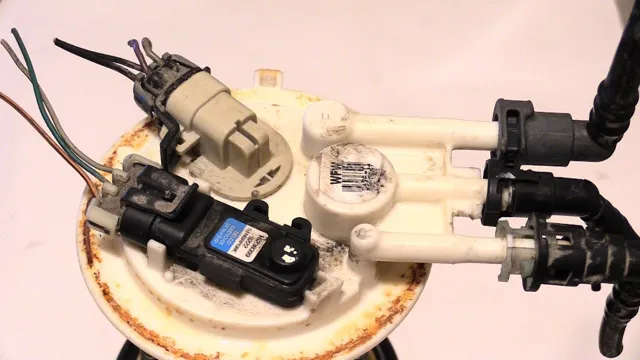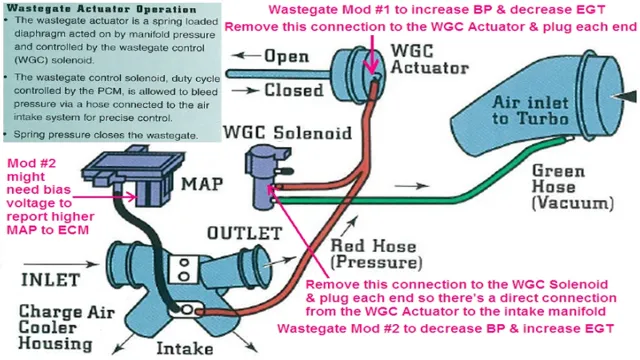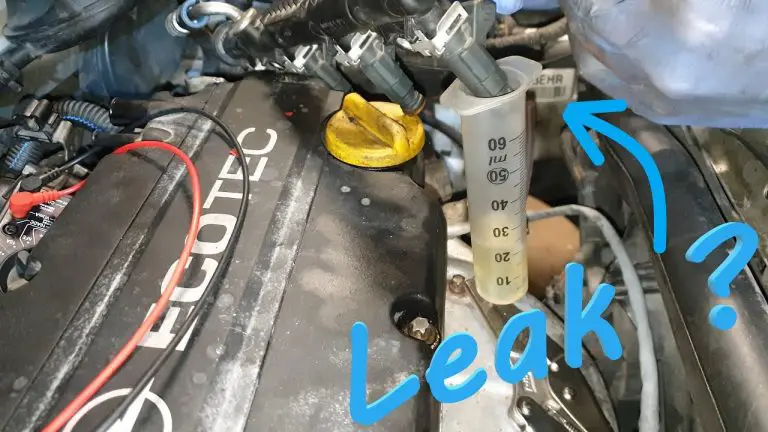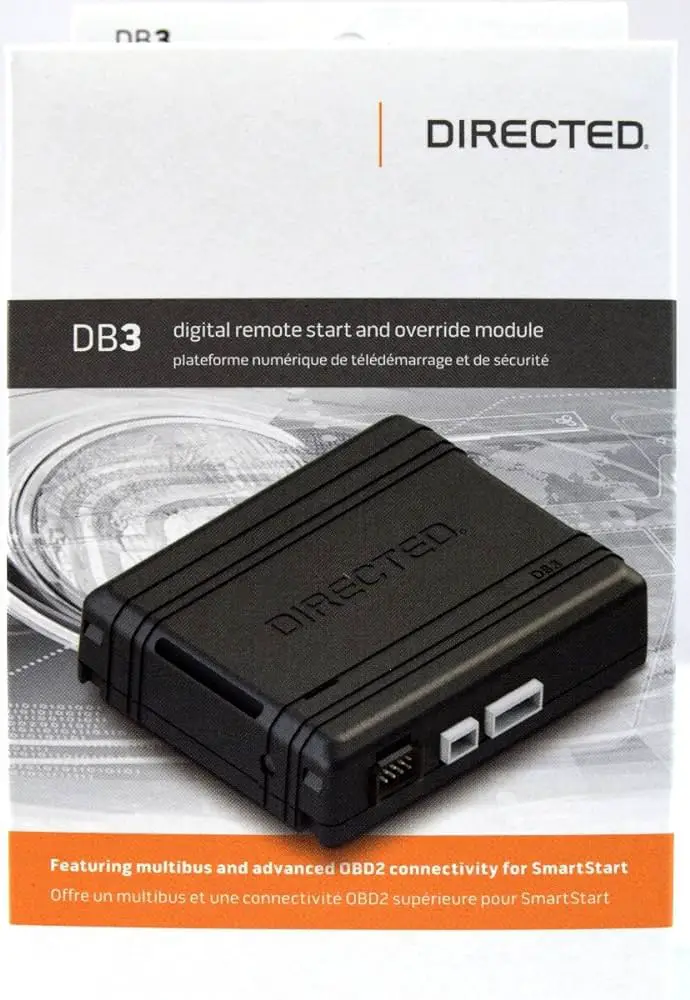Easy DIY Guide: How to Fix Low Oil Pressure at Idle and Ensure Smooth Engine Performance
Do you hear a knocking sound coming from your car engine? Does your oil pressure gauge show low readings when your car is idle? Low oil pressure at idle is a common issue that car owners face that can cause serious damage to the engine. Don’t ignore this warning sign and think it will fix itself. In this blog, we will explore the reasons for low oil pressure at idle and how to fix it.
It’s like when our bodies crave water when they’re dehydrated – low oil pressure means your engine is thirsty for oil. Just like we quench our thirst with a glass of water, your engine needs to be replenished with the right amount and type of oil to run smoothly. So, let’s dive in and discover how to satisfy your car’s thirst for oil.
Causes of Low Oil Pressure
If you’re experiencing low oil pressure at idle, there could be a few different causes. One possibility is that your engine oil is low or dirty. Check your oil level and make sure it’s not too low.
If you haven’t changed your oil recently, consider doing so, as old oil can become dirty and less effective at lubricating your engine’s moving parts. Another potential issue could be a faulty oil pump, which is responsible for circulating oil throughout your engine. You may need to have this part replaced by a mechanic if it’s causing problems.
Clogged oil passages or a faulty oil pressure sensor can also be culprits for low oil pressure. It’s important to address these issues promptly to prevent engine damage. By identifying the underlying cause of your low oil pressure, you’ll be able to take the necessary steps to fix the issue and keep your engine running smoothly.
Worn engine bearings
If you’re facing low oil pressure issues in your car, one possible culprit could be worn engine bearings. Over time, these bearings can wear down due to the constant friction between the crankshaft and the bearing shells, causing the clearance between them to increase and decreasing the amount of oil pressure in the engine. The primary cause of this wear and tear is old oil that has been left in the engine for too long and has lost its lubricating power.
Other possible causes include dirty oil that has picked up debris or metal shavings from inside the engine, as well as using the wrong type of oil that doesn’t adequately protect the engine’s components. It’s important to address this issue as soon as you detect it as running the engine with low oil pressure can lead to serious engine damage, high repair costs, or even complete engine failure. Ensure that you get your oil changed regularly and use the manufacturer-recommended oil type and viscosity to avoid this issue.

Thick or dirty engine oil
One of the common causes of low oil pressure is the use of thick or dirty engine oil. Thick, old engine oil can cause problems with the oil pressure; it doesn’t flow as easily as the engine requires. When dirt and debris accumulate in the engine oil, it creates an insulating layer that prevents heat transfer from the engine, leading to a decrease in oil pressure.
These situations can result in significant damage to the engine over time, so it’s essential to keep up with regular oil changes to ensure your engine runs smoothly. The benefits of using high-quality oil are numerous, including better fuel economy, improved engine performance, and reduced engine wear. By staying up-to-date with oil changes, you can ensure the longevity of your engine and avoid any costly repairs down the line.
Remember, keeping your oil clean and of the proper viscosity can ultimately save you a lot of time and money!
Faulty oil pump
A low oil pressure warning can cause alarm for car owners, but understanding the causes can help prevent bigger issues down the road. One common culprit of low oil pressure is a faulty oil pump. The oil pump is responsible for keeping the engine lubricated and preventing it from overheating.
Over time, the pump can wear down and become less effective at circulating oil. This can lead to low oil pressure and potential engine damage if ignored. Regular maintenance and oil changes can help prolong the lifespan of the oil pump, but if low oil pressure persists, it’s important to have it looked at by a professional mechanic.
Don’t ignore low oil pressure warnings, as they can lead to costly repairs and even engine failure.
Troubleshooting Low Oil Pressure
Are you experiencing low oil pressure at idle? Don’t worry, it’s a common problem that many car owners face. There are several reasons why you might be experiencing this issue, such as a faulty oil pump, worn-out bearings, or a clogged oil filter. The first step in troubleshooting low oil pressure is to check the oil level and ensure that it’s at the recommended level.
If the oil level is low, top it up and see if the problem persists. If the oil level is okay, then you should consider checking the oil pump, which is responsible for circulating oil throughout the engine. It’s also recommended to inspect the oil filter and change it if it’s dirty.
If none of these solutions work, then it might be time to take your vehicle to a professional mechanic for a thorough inspection. Remember, low oil pressure can cause serious engine damage, so it’s better to address the issue sooner rather than later.
Check oil level and condition
When dealing with low oil pressure, one of the first things to check is your oil level and condition. Low oil levels can cause a drop in pressure, leading to engine damage if left unchecked. Make sure to check your oil levels regularly and top up as needed.
Additionally, check the condition of your oil. If it is dirty or contaminated, it can also cause low pressure. In this case, it’s important to get an oil change and ensure the engine is clean.
Just like how we need to eat healthy and keep our bodies in shape, our car engines need clean, healthy oil to function properly. Don’t neglect this crucial aspect of car maintenance, and you’ll avoid costly engine repairs in the future.
Inspect oil pressure sensor
Low Oil Pressure One of the most common issues faced by drivers is the low oil pressure warning light coming on. When this happens, the first thing to do is to inspect the oil pressure sensor. The oil pressure sensor is responsible for monitoring the oil pressure in your vehicle’s engine.
If it is faulty, it can cause the light to come on even when the oil pressure is normal. Check the sensor for any signs of damage or wear and replace it if necessary. If the sensor is fine, however, then there may be a bigger problem with the oil pressure system.
Low oil pressure could indicate that the oil level is too low, the oil is too thin, or that there is a leak in the system. Whatever the cause, it is important to address the issue immediately to avoid costly damage to your engine. So, if you notice that your low oil pressure warning light has come on, take your car to a qualified mechanic as soon as possible and have them inspect the problem.
Test oil pressure with a gauge
Having low oil pressure in your vehicle can be a huge headache and can lead to significant engine damage if not addressed promptly. If your vehicle’s oil pressure warning light has turned on, or you have noticed other warning signs such as engine ticking or knocking, it’s time to start troubleshooting the issue. One effective way to determine if your engine is experiencing low oil pressure is to test it using an oil pressure gauge.
By hooking up a gauge to the engine, you can get an accurate reading of the oil pressure in your vehicle. A low reading may indicate that there is a problem with the oil pump, oil pressure sensor, or another component within the engine. Additionally, testing the oil pressure can help determine if the oil pressure switch is functioning correctly.
In summary, if you suspect that your vehicle is experiencing low oil pressure, it’s essential to test it using an oil pressure gauge to identify and address the issue promptly.
Fixing Low Oil Pressure at Idle
Are you experiencing low oil pressure at idle? Don’t panic, this is quite a common problem. Luckily, there are a few tips and tricks you can use to fix it. One possible cause could be the oil filter being clogged, which restricts oil flow.
Check to see if the filter needs to be changed and replace it if necessary. Another possible culprit could be a worn or faulty oil pump. The oil pump is responsible for delivering oil throughout the engine and a faulty pump could result in low pressure.
If this is the case, it’s important to replace the pump as soon as possible to prevent any further damage to the engine. It’s also important to use the recommended oil viscosity for your specific vehicle, as using the wrong oil can lead to low pressure. By implementing these tips, you should be able to fix your low oil pressure at idle.
Replacing worn engine bearings
If you’ve noticed your car’s oil pressure dropping at idle, it may be a sign that your engine bearings are worn and in need of replacement. Engine bearings are critical components that connect the crankshaft and connecting rods to the engine block. Over time, they can become damaged due to normal wear and tear or low oil pressure, causing a noticeable drop in performance.
To fix low oil pressure at idle, it’s essential to replace worn engine bearings. Although it may seem like a daunting task, a skilled mechanic should be able to tackle the job with ease. Just be sure to use high-quality replacement bearings and follow the manufacturer’s guidelines for installation to ensure optimal performance and reliability.
With a little effort and investment, a worn engine can be rejuvenated, and your car will be back on the road, running smoothly, and free of low oil pressure issues.
Changing engine oil and filter
Changing the engine oil and filter is a crucial maintenance task that every car owner should perform regularly. Low oil pressure at idle is a common problem that can cause significant damage to your engine if ignored. Fortunately, fixing this issue is straightforward.
The first step is to check the oil level in your engine. If it’s low, refill it to the recommended level. If the oil level is fine, then the issue may be due to a dirty oil filter.
A clogged or dirty oil filter can cause a drop in oil pressure at idle. Therefore, it’s essential to replace your oil filter every time you change your oil. If your oil filter is old or damaged, it could also cause low oil pressure at idle.
In such cases, replacing the oil filter is the solution. While changing the engine oil and filter, you can also inspect the oil pump for any damage. A failing oil pump can also cause low oil pressure at idle.
With these simple steps, you can fix low oil pressure at idle and ensure your engine runs smoothly for longer.
Replacing faulty oil pump
If you start to notice that your car’s oil pressure is consistently low when idling, it could be a sign of a faulty oil pump. This issue can cause serious damage to your engine if left unaddressed, so it’s important to have it fixed as soon as possible. Replacing a faulty oil pump can be a complicated process, so it’s best to leave it to a professional mechanic.
They will typically start by testing the oil pressure with a gauge to confirm that it’s low. Then, they will need to drain the oil and remove the oil pan to access the oil pump. The old pump will be replaced with a new one, and the oil pan will be reinstalled.
After that, fresh oil will be added, and the engine will be started to confirm that the new pump is working properly. While it may seem like a costly and time-consuming process, fixing a faulty oil pump can save you from even costlier repairs down the road.
Conclusion: Maintaining Proper Oil Pressure
In summary, the key to fixing low oil pressure at idle is to identify the root cause and take the necessary corrective actions. Whether it’s a clogged oil filter, a faulty oil pump or a low oil level, addressing the issue promptly can help prevent costly engine damage down the road. Remember, when it comes to your engine’s vital signs, oil pressure is like a blood pressure reading – it’s essential to keep it in check to keep your engine healthy.
So, take care of your engine, and it’ll take care of you!”
Regular oil changes and maintenance
Regular oil changes and maintenance are essential components of a vehicle’s overall health. Neglecting these routine tasks can lead to a variety of problems, including low oil pressure at idle. Low oil pressure is a common issue that can have serious consequences if left unaddressed.
One possible cause of low oil pressure is a malfunctioning oil pump. This vital component circulates oil throughout the engine, ensuring that all moving parts are properly lubricated and cooled. If the oil pump is not functioning correctly, it can result in low oil pressure and even engine failure.
Another potential cause of low oil pressure is worn engine bearings. These critical components support the crankshaft and connecting rods and can wear down over time, leading to a decrease in oil pressure. Regular oil changes and maintenance can help prevent these issues and keep your car running smoothly.
Don’t neglect your vehicle’s health – schedule an oil change and maintenance appointment today to avoid costly repairs down the road.
Monitoring oil pressure and addressing issues promptly
Low oil pressure at idle can be a frustrating issue for vehicle owners. It’s essential to monitor oil pressure regularly and address any problems promptly before they escalate. Low oil pressure at idle can be caused by a variety of factors, including a blocked oil passage, worn bearings, or a faulty oil pump.
If you notice a drop in oil pressure, the first step is to check your owner’s manual for the recommended oil grade or viscosity. Using the wrong oil viscosity can cause low oil pressure at idle. If you’re using the correct viscosity and still experiencing low oil pressure, it’s time to inspect the oil pump for any signs of wear or damage.
A faulty oil pump can’t provide the necessary pressure to keep the engine running smoothly, causing low oil pressure. In some cases, changing the oil filter can resolve the issue, but if the problem persists, it’s best to seek professional assistance. Regular maintenance, including oil changes at recommended intervals, can help prevent low oil pressure at idle.
So, make sure you keep an eye on your oil pressure gauge and address any issues promptly to keep your vehicle running smoothly.
FAQs
What causes low oil pressure at idle?
Low oil pressure at idle can be caused by a number of factors, such as a faulty oil pump, worn bearings, or low oil levels. These issues can result in significant damage to your engine if not addressed promptly.
Can using a different type of oil help fix low oil pressure at idle?
In some cases, using a thicker, higher-viscosity oil may help increase oil pressure at idle. However, it’s important to note that this is only a temporary fix and does not address the underlying issue causing low pressure.
How can I check my oil pressure at idle?
To check your oil pressure at idle, you’ll need an oil pressure gauge. Simply install the gauge according to the manufacturer’s instructions and start the engine. The gauge should give you a reading of your oil pressure at idle.
Should I continue driving my vehicle if it has low oil pressure at idle?
It’s not recommended to continue driving your vehicle if it has low oil pressure at idle. Low oil pressure can lead to engine damage and even failure, so it’s best to address the issue as soon as possible by having a mechanic diagnose and repair the issue.

